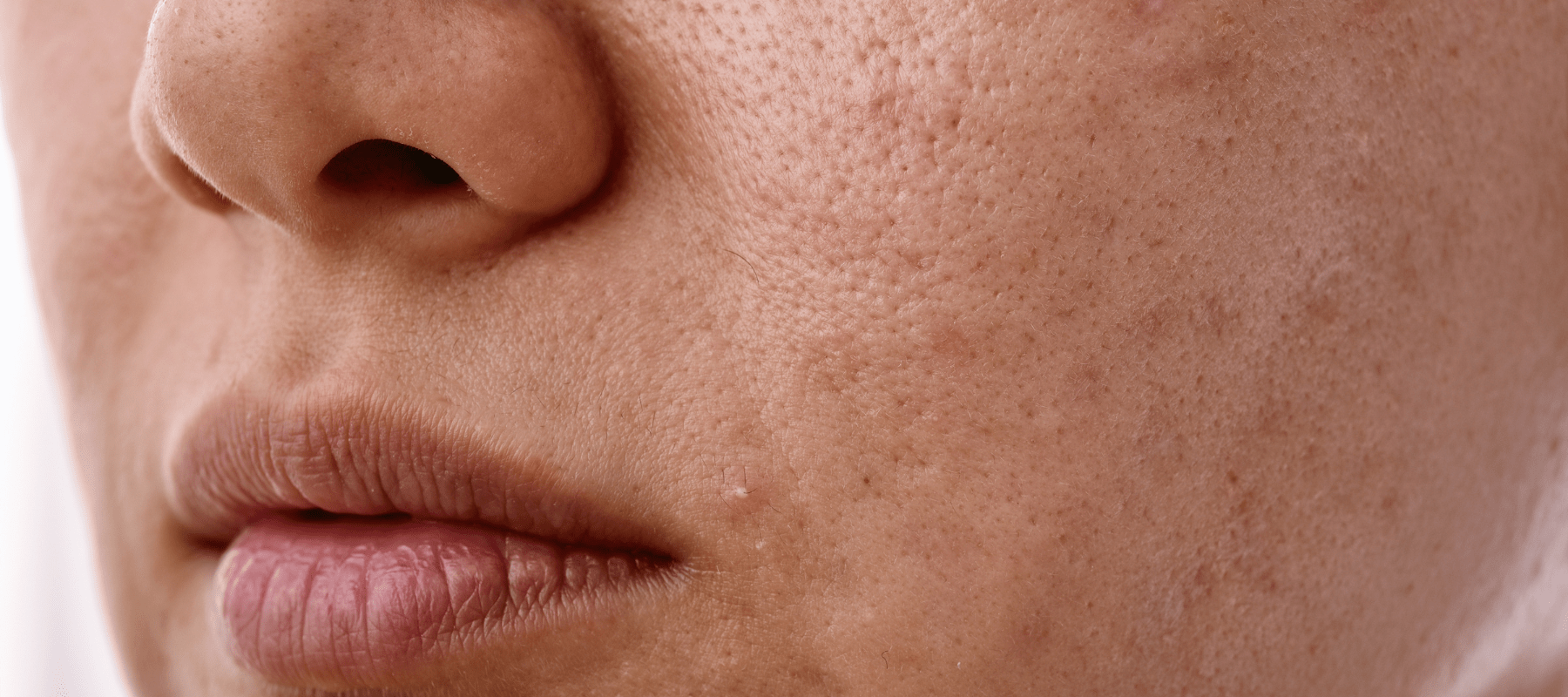
Understanding the Different Types of Acne Scars
Acne can be a difficult challenge for many of us, particularly during our teenage and early adult years. It's frustrating when pimples leave scars on our skin making us feel self-conscious and insecure. This article will delve into the various acne scars types and treatment and provide insights into reducing the risk of scarring.
Overview of Acne Scars and Why They Are Common
So, here's the lowdown - acne scars are a result of our skin's deeper layers getting messed up when those pesky pimples get inflamed. And when things heal, the collagen breaks down, and we get ourselves some scars! There are numerous acne types but not all acne will leave scars. But if we've got a bad case of acne or can't resist poking and picking at those zits, we're more likely to end up with some scars. Our genes and skin type play a part too. Talk about unfairness!
Types of Acne Scars
The various types of face scars are:
Ice Pick Scars
Among the different types of acne scars, ice pick scars are characterized by narrow, deep pits that extend into the dermis, resembling the marks left by an ice pick or a sharp object. These scars result from the loss of tissue during the formation and healing of inflamed acne lesions. Ice pick scars are most prevalent on the cheeks and are challenging to treat due to their depth.
Boxcar Scars
Boxcar scars are shallow depressions with well-defined edges, resembling the scars left by chickenpox. They are bigger than ice pick scars and typically occur on the cheeks and temples. Boxcar scars form due to the destruction of collagen and can vary in size and shape.
Hypertrophic Scars
Unlike the previous two types, hypertrophic scars are raised and lumpy. Hypertrophic scars are commonly found on the chest, back, and shoulders.
Keloid Scars
Keloid scars are identical to hypertrophic scars in their raised appearance, but they extend beyond the boundaries of the original acne lesion.
Prevention and Tips for Reducing the Risk of Acne Scarring
While some acne scars are inevitable, certain precautions can significantly lower the risk of scarring and promote better healing for existing acne:
Early and Proper Acne Treatment
The key to preventing scars is to address acne as soon as it appears. Seeking timely and appropriate treatment can help control inflammation and reduce the severity of acne breakouts, lowering the likelihood of scarring.
Avoid Picking or Squeezing Acne
Resist the urge to pick or squeeze acne blemishes, as this can worsen inflammation and lead to further tissue damage. Picking can introduce more bacteria into the area, increasing the risk of infection and subsequent scarring.
Sun Protection
The sun can make things worse. UV rays mess with our skin's healing mojo and can cause dark spots that make our scars stand out even more. So, use sunscreen with at least SPF 30 to keep those scars from stealing the spotlight.
Topical Treatments
Now, onto some solutions! There are some effective topical treatments out there with ingredients like retinoids, alpha hydroxy acids (AHAs), and beta hydroxy acids (BHAs). These little wonders can help our skin renew itself, which eventually makes the scars look less intense. Before you go all-in, it's best to check with a dermatologist to be safe and sure.
Dermatological Procedures
For those of you already dealing with acne scars, no worries; we got options! There are many dermatological procedures that can come to the rescue. Chemical peels, microdermabrasion, dermal fillers, micro-needling, and laser therapy are the solutions that can pump up collagen production and say "bye-bye" to those pesky scars.
Proper Wound Care
For those with a tendency to develop hypertrophic or keloid scars, taking proper care of wounds is essential. Keep the area clean, avoid unnecessary tension on the wound, and follow your dermatologist's instructions for wound care.
The groundbreaking Acne Care & Healing Moisturiser from The Pink Foundry tackles stubborn acne with exceptional care. Unleashing the power of niacinamide, this moisturizer works wonders for your skin, harmonizing uneven tone and controlling excess oil generation. The outcome? A visibly smoother and spotless complexion.
Also read: Understanding Atrophic Acne Scars: Causes, Types, and Treatment Options
Conclusion
It's never fun dealing with acne scars. It's like they're the annoying reminders of a not-so-great time. Taking action early on, treating acne right, keeping our paws off those tempting zits, and guarding our skin from the sun can make a real difference in keeping those scars at bay. For individuals with existing acne scars, various dermatological procedures offer hope for improved skin texture and appearance. Remember that consulting a dermatologist is vital to develop a personalized plan for acne treatment and scar management, promoting healthier and more confident skin in the long run.
Also read: Acne Marks vs Acne Scars: Understand the Difference Between Acne Scars and Acne Marks
FAQs:
1. What causes acne scars?
Inflammation and collagen damage during acne healing lead to scars.
2. Can acne scars be prevented?
Early treatment and avoiding picking or squeezing acne can minimize scarring risk.
3. How are ice pick scars treated?
Dermatological procedures like laser resurfacing or chemical peels can improve ice pick scars.
4. Are keloid scars permanent?
Keloid scars may persist, but treatments like corticosteroid injections can reduce their appearance.
5. Can sunscreen help with acne scars?
Yes, sunscreen protects the skin and prevents hyperpigmentation, improving the appearance of scars.






















































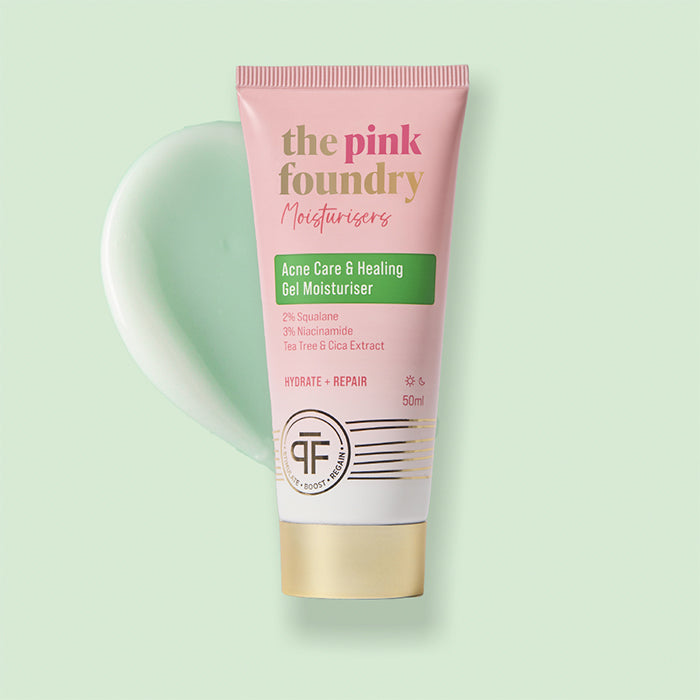
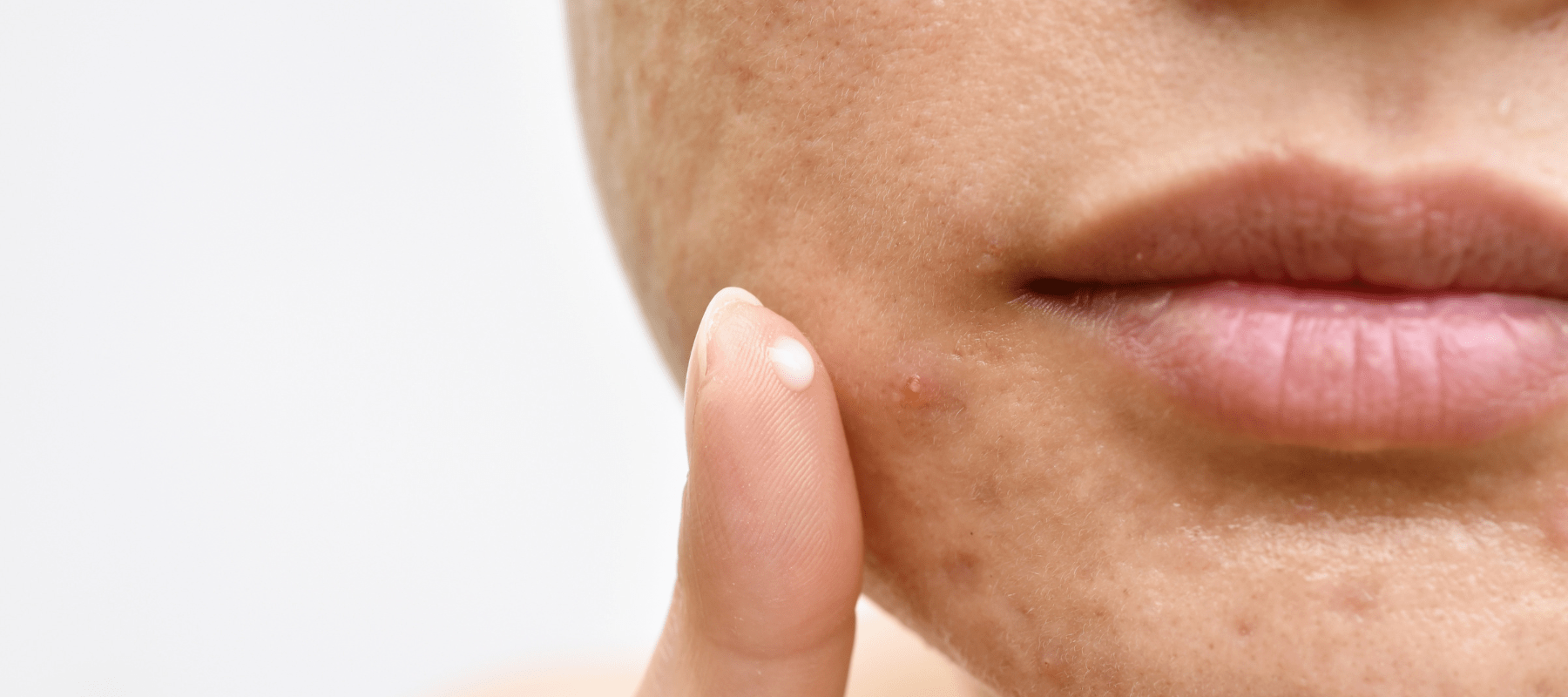
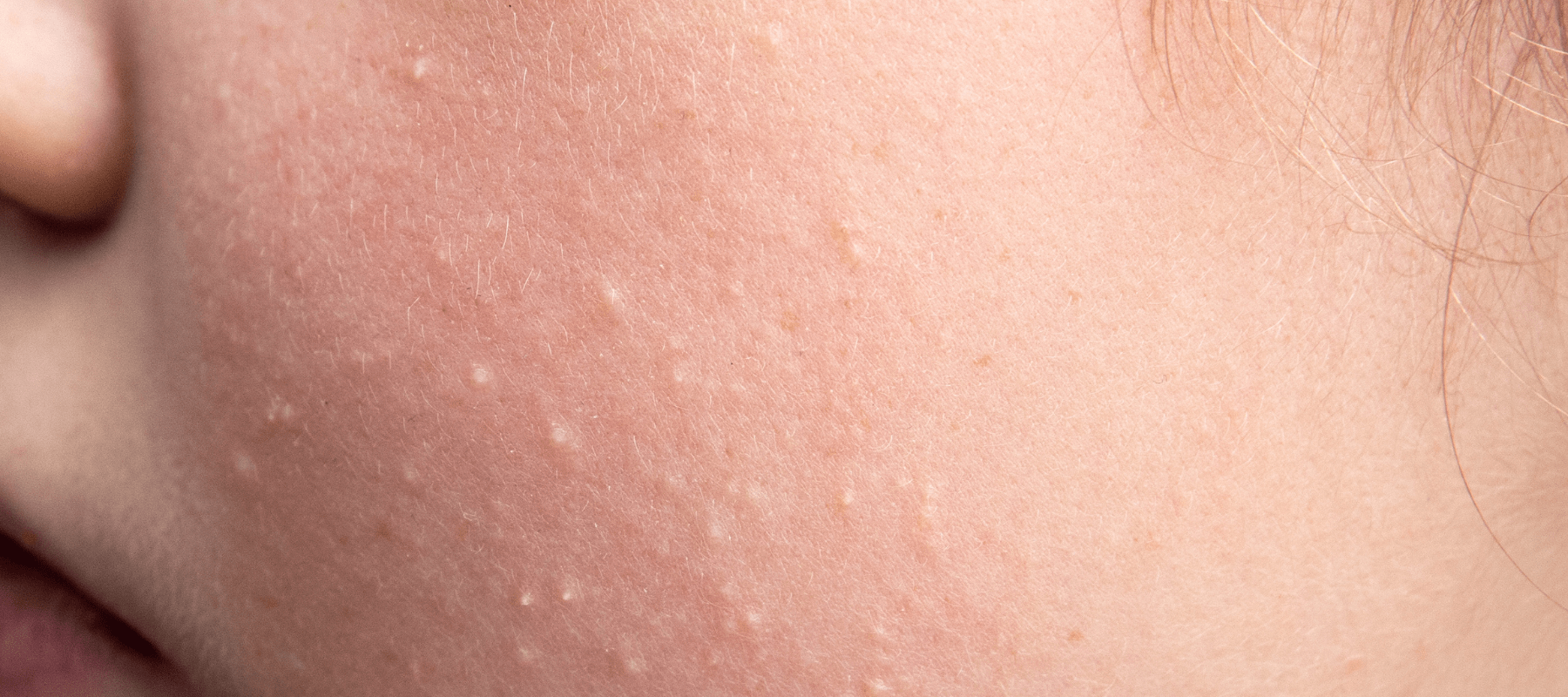
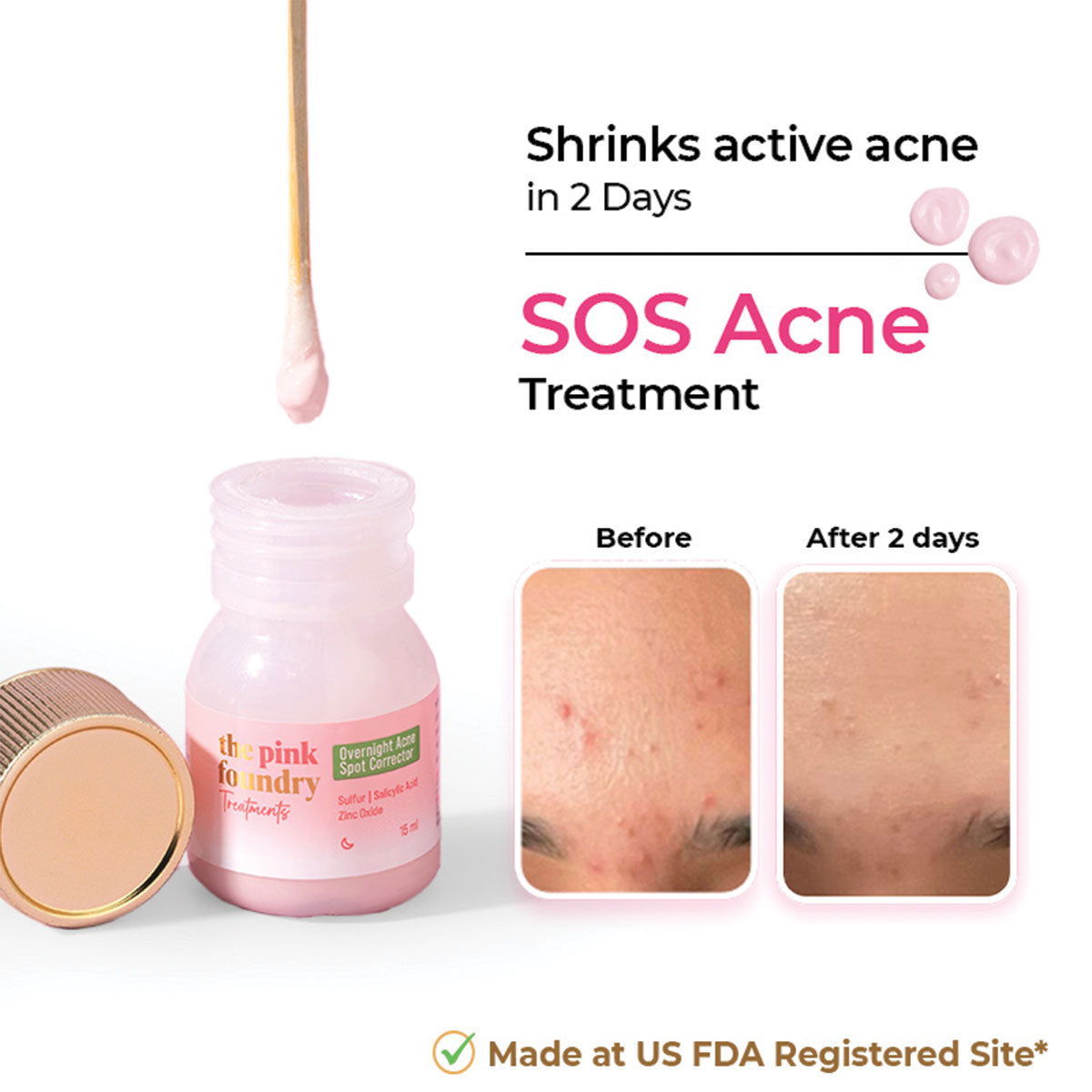
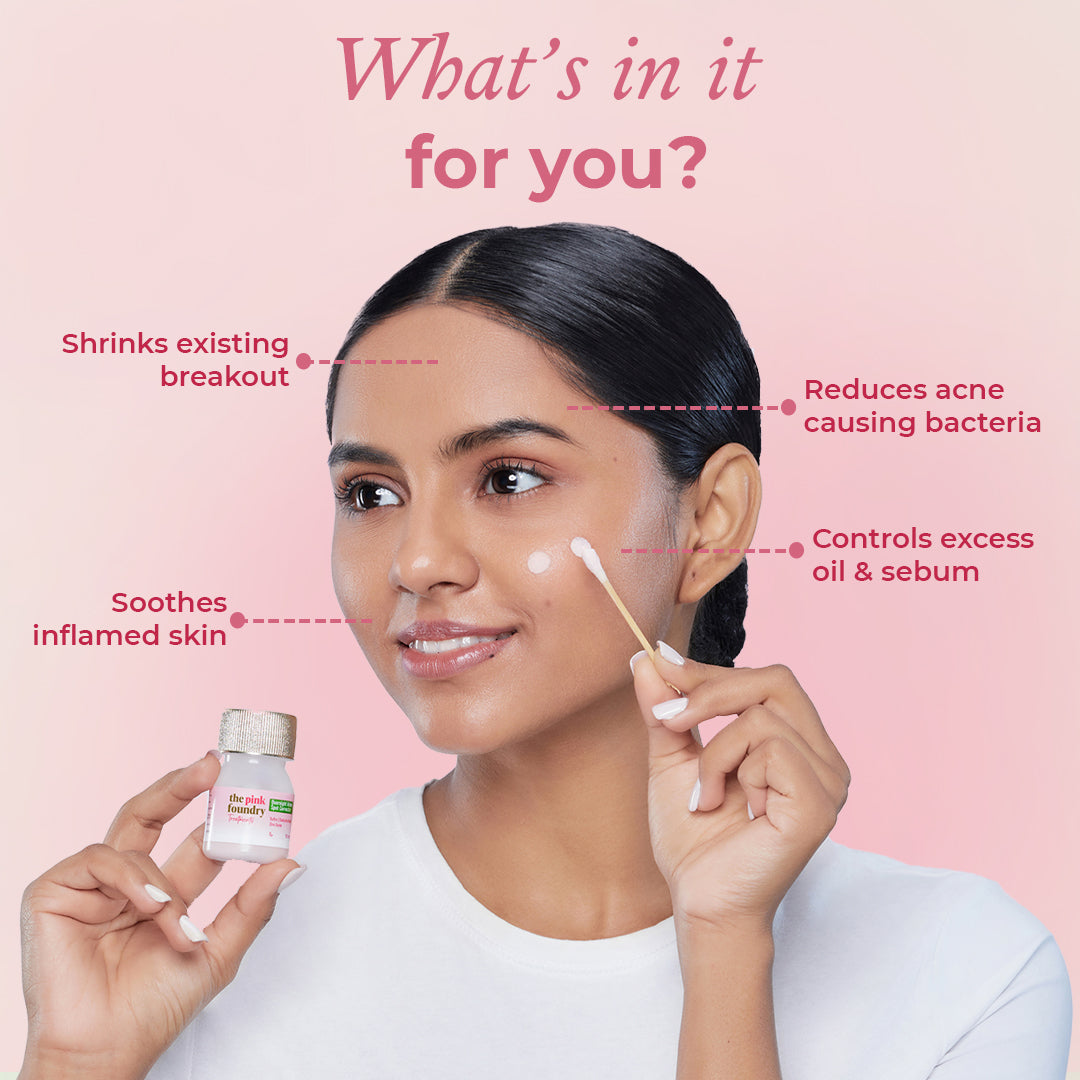
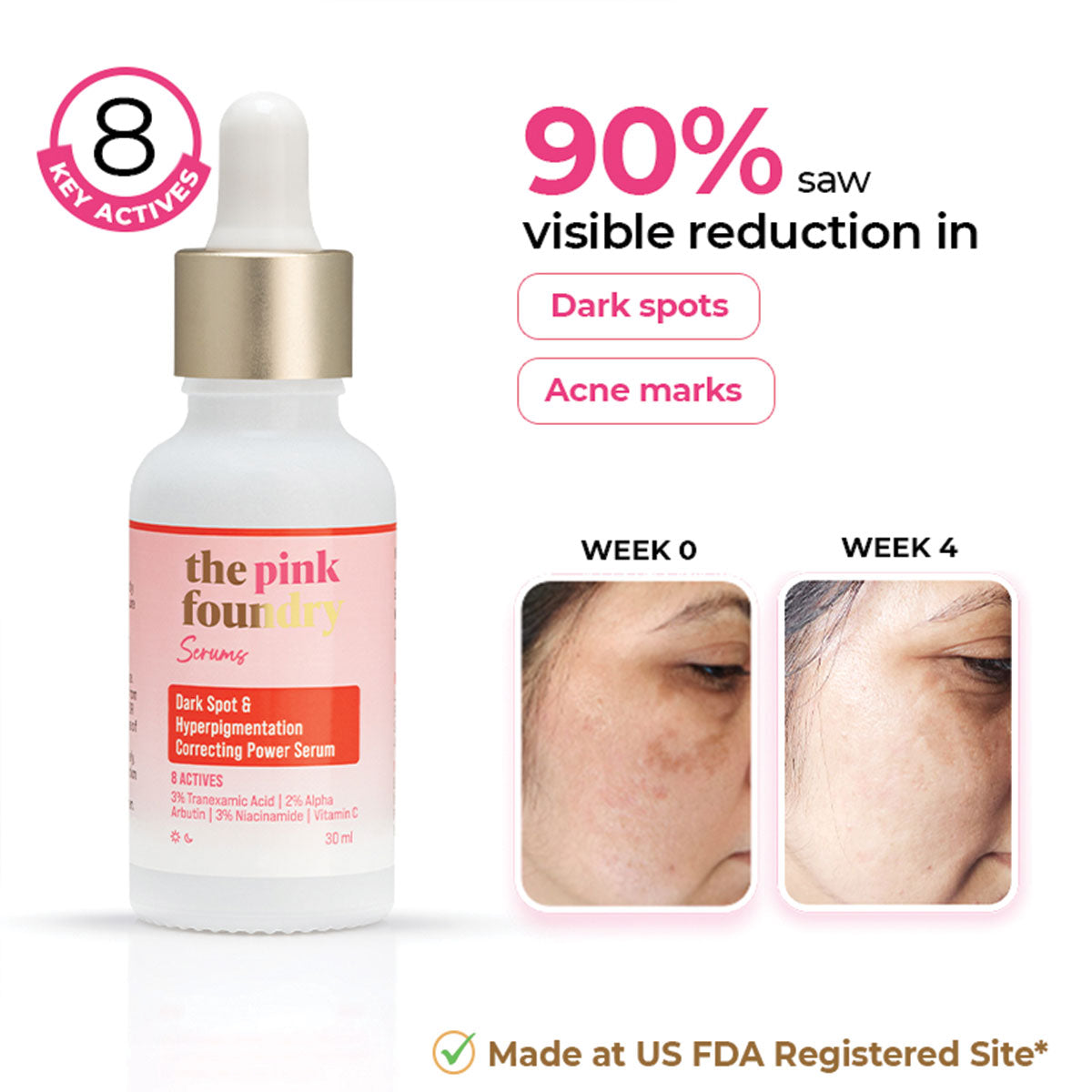
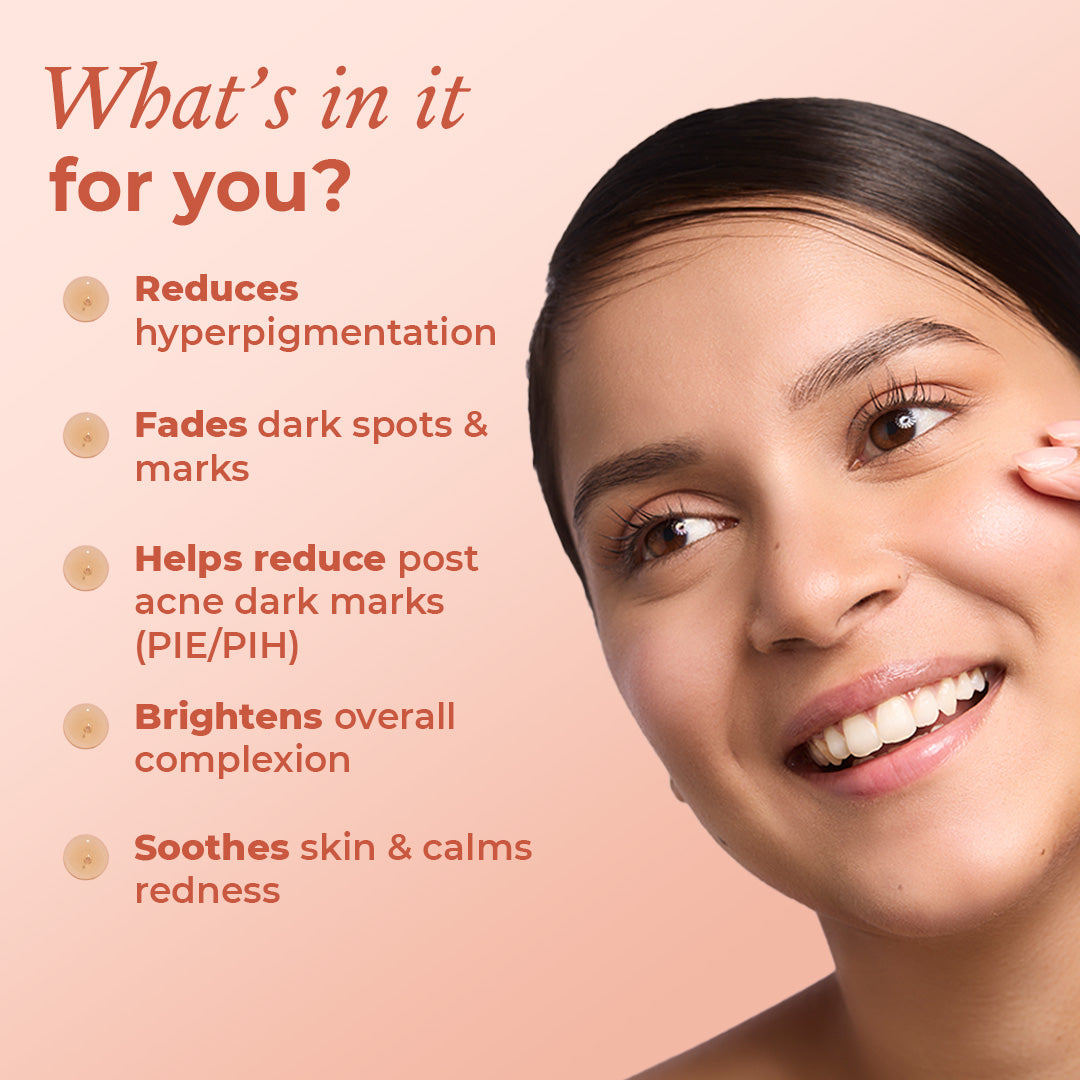
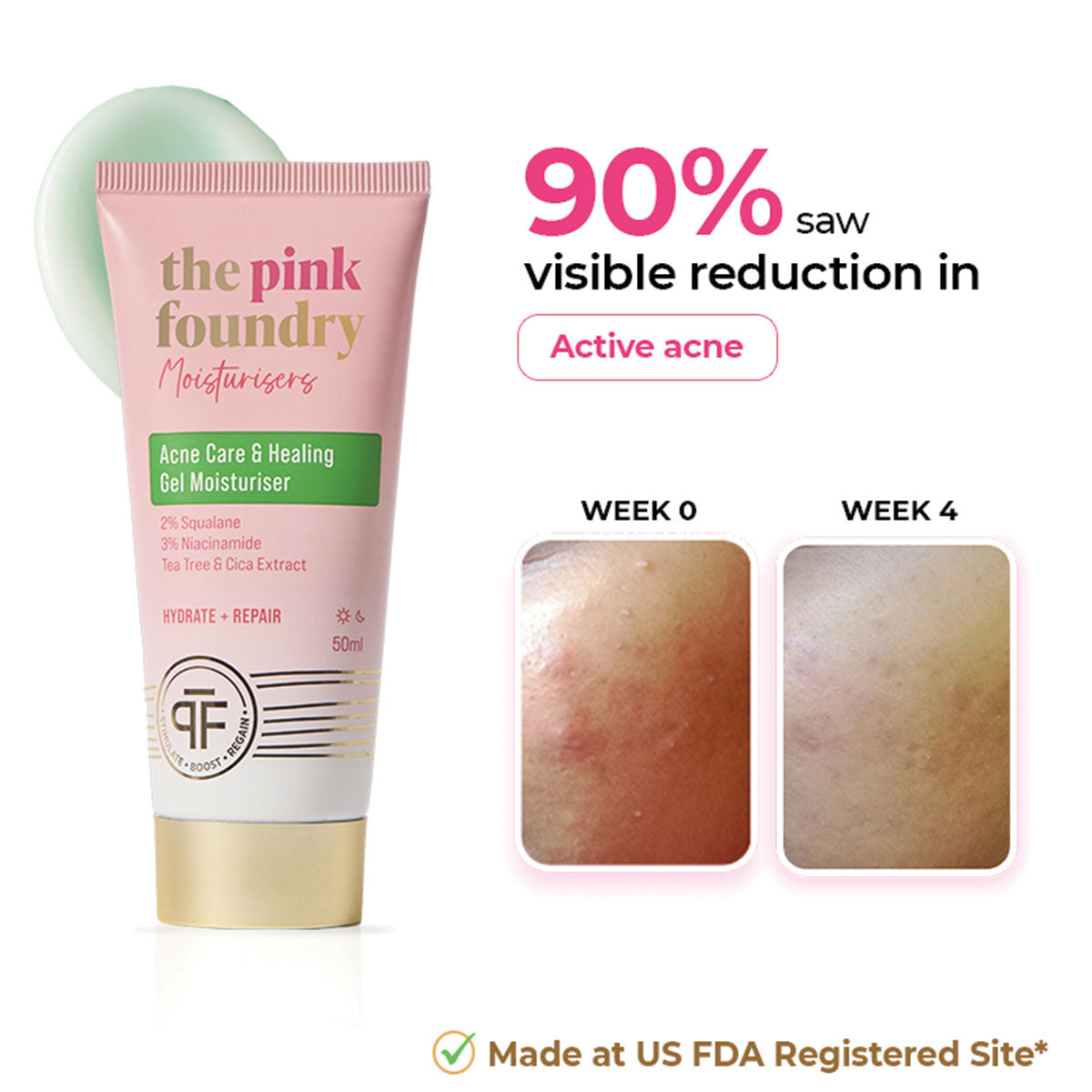
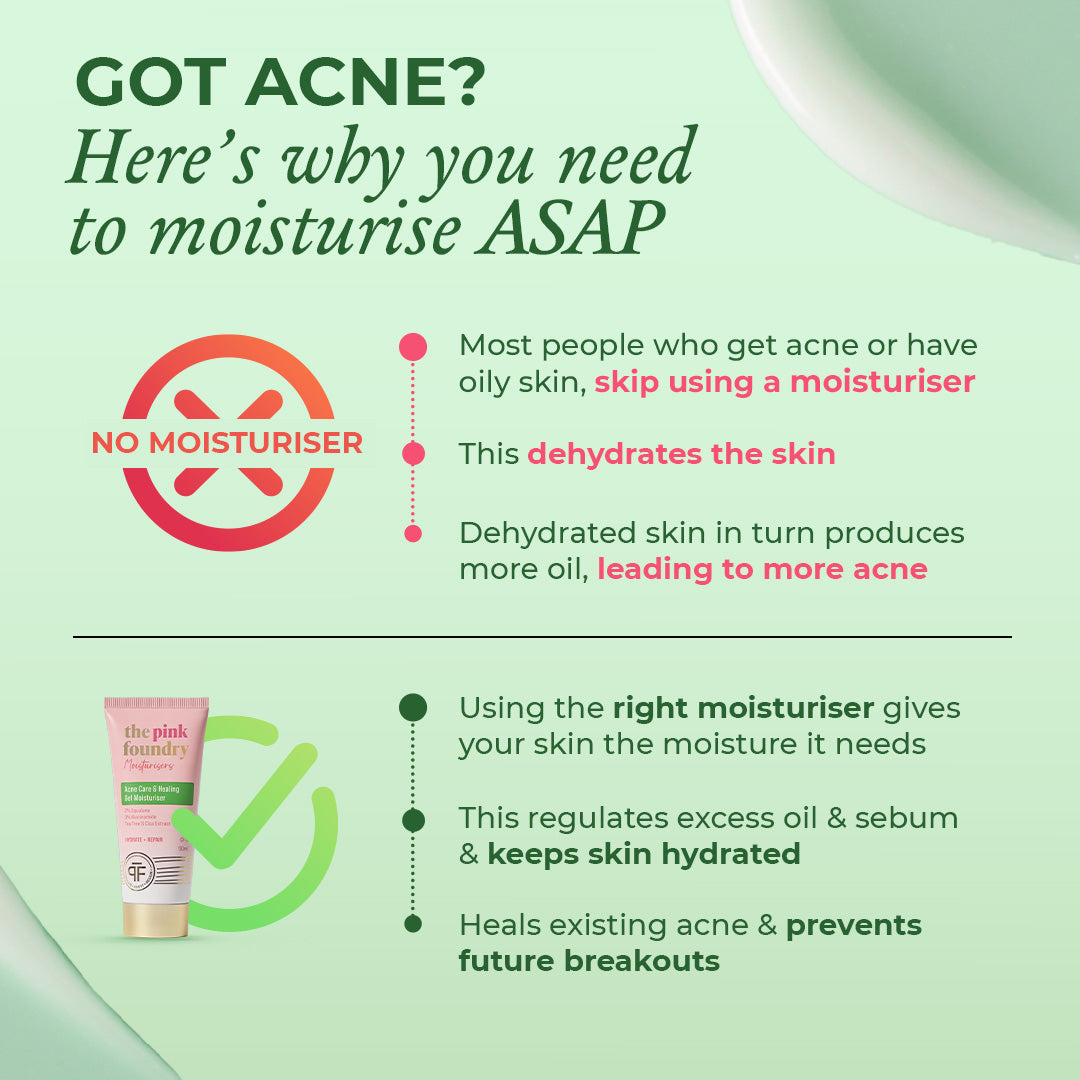
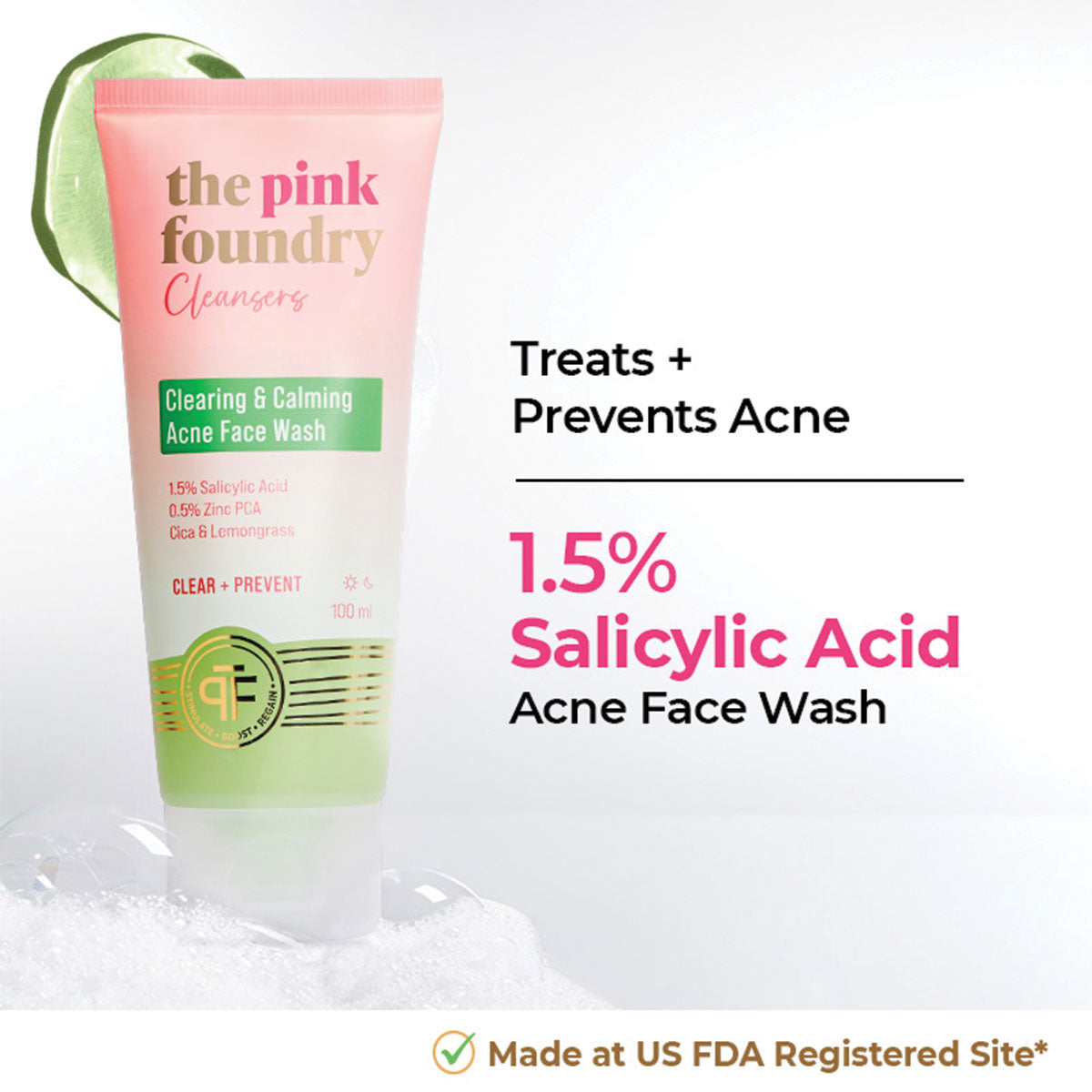
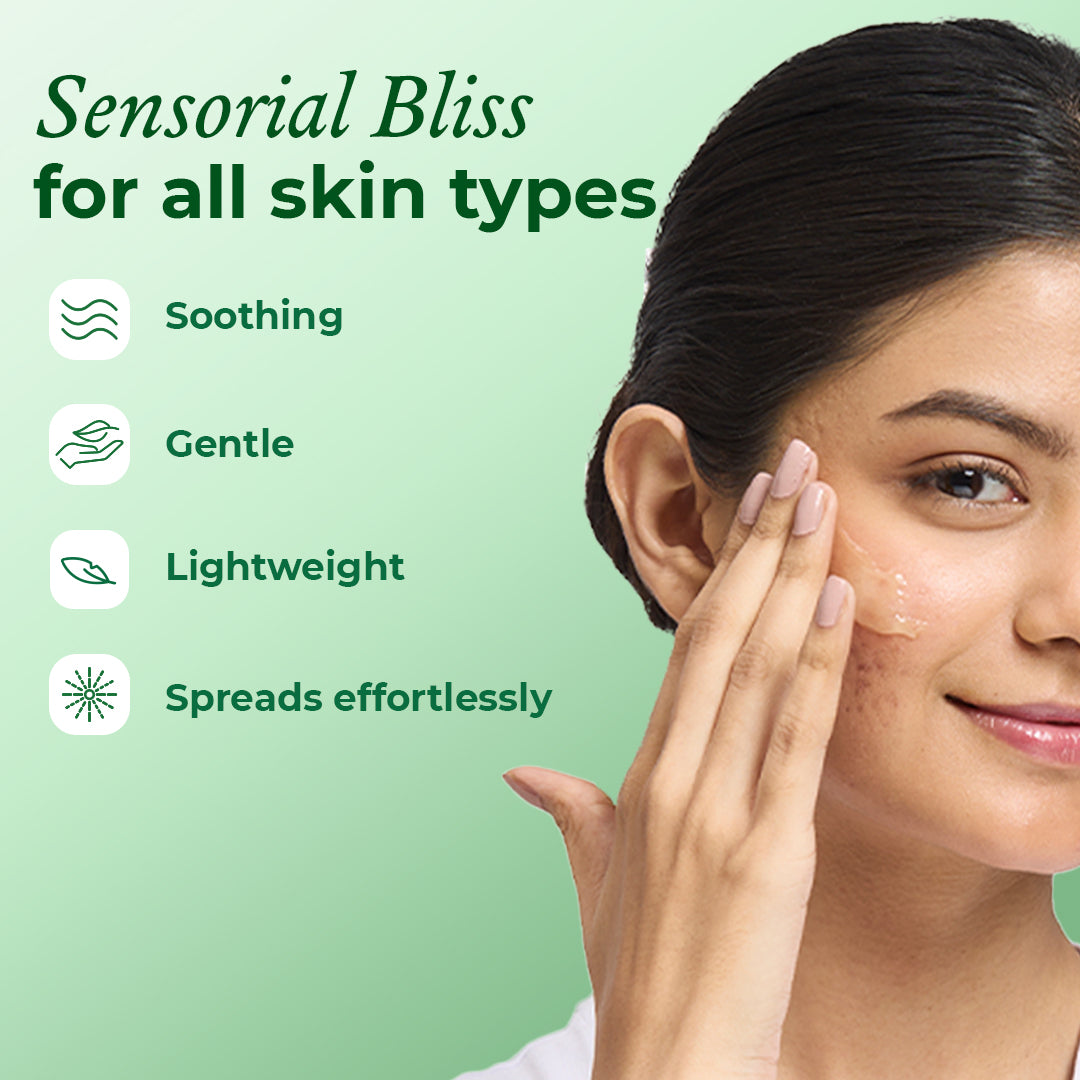
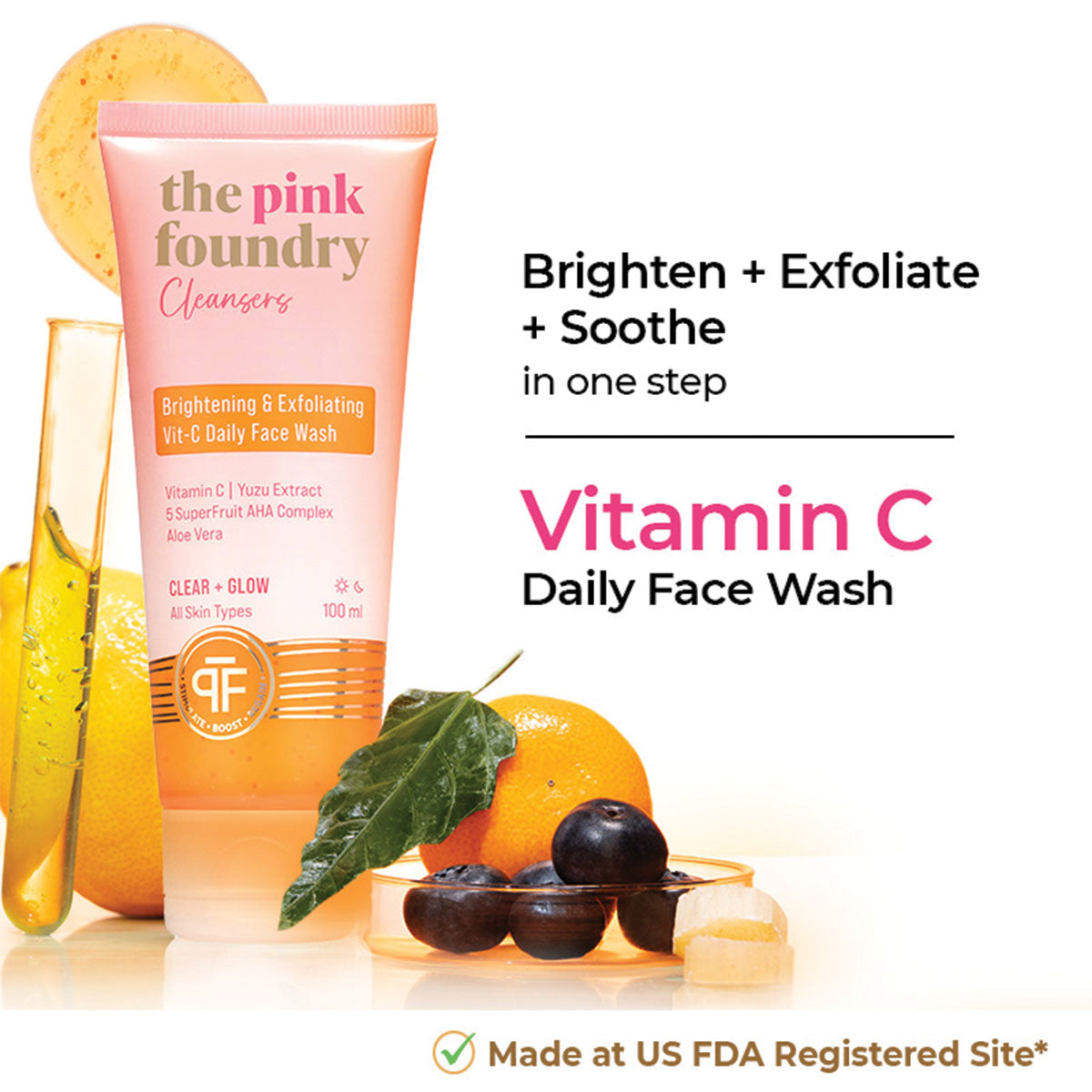
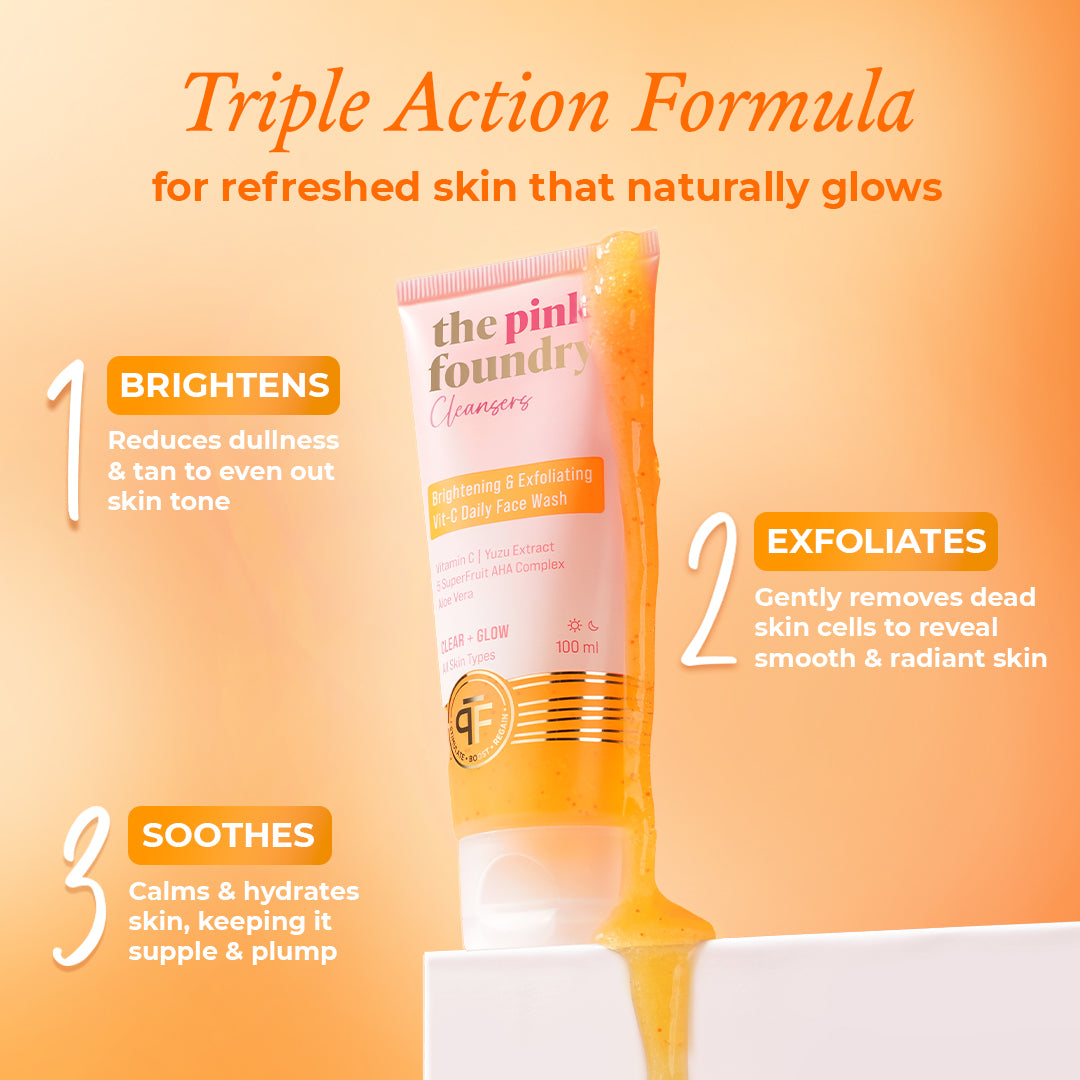

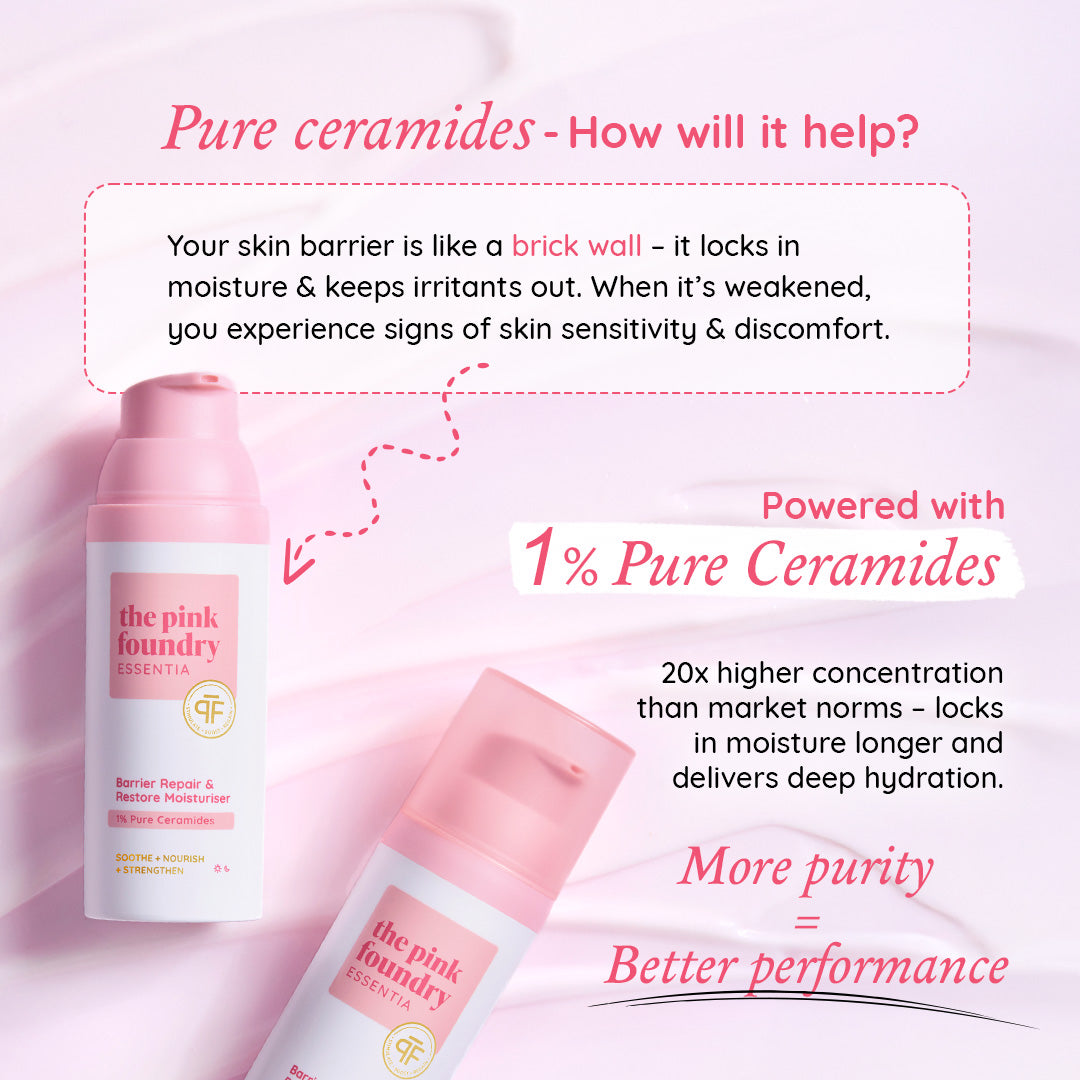




Leave a comment
This site is protected by hCaptcha and the hCaptcha Privacy Policy and Terms of Service apply.